What is a No-POS Ordering and Payment Experience?

Given the restaurant and hospitality industry’s reliance on point of sale (POS) systems, a business owner may find just the term “No-POS” jarring—if not baffling. How do you remove the central system for all of your ordering, serving, and payment operations?
A No-POS experience upgrades traditional systems by eliminating their single “point” without sacrificing their critical functionality that facilitates your establishment’s business. Operators gain sophisticated management tools, data-driven insight, and reliable availability with a cloud-based No-POS system. No-POS allows you to create new efficiencies, make adjustments on the fly, and wholly re-envision your key hospitality moments that enrich guests’ experiences.
Another way to frame No-POS is to think of it more in terms of “limitless” or “scalable” points of sale. Imagine your establishment’s opportunities when you’re no longer restrained by relying on that single entry point for inputting, fulfilling, and charging for orders.
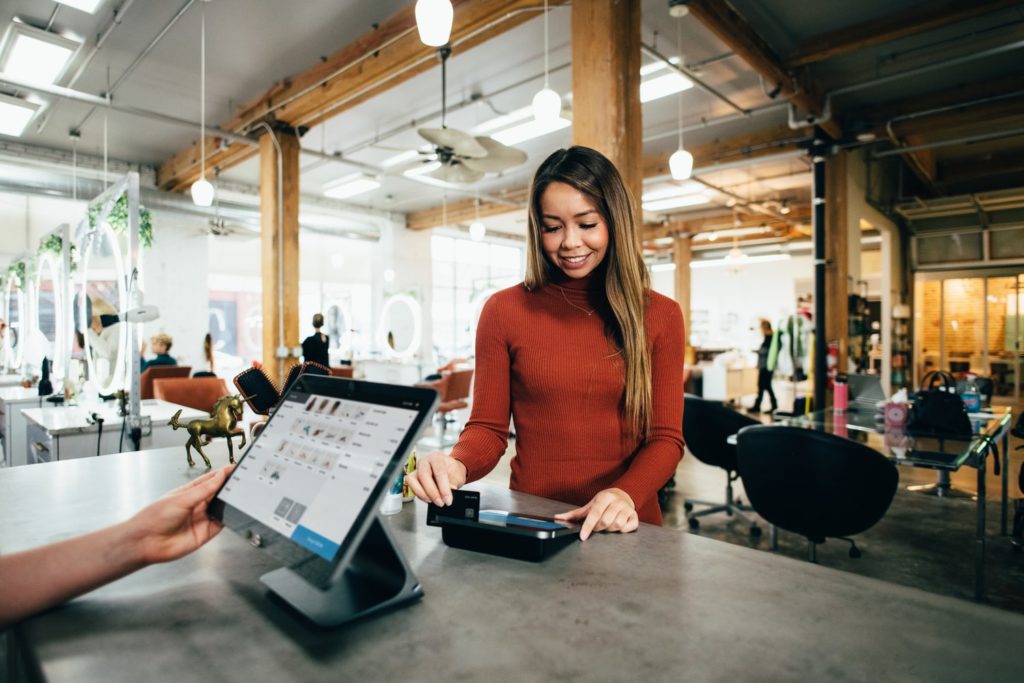
Relying on a Legacy POS Systems
When you think of opening a kitchen, brewery, winery, or another type of establishment, you’re likely focused on the kind of food and experience you want to deliver to your guests. It’s a safe claim to state that most operators begin with a passion for realizing that dream rather than an undying love for logistics.
However, if you were to build out a new culinary experiment conceptually, the POS software becomes one of the most important considerations when planning operations and your unique flavor of hospitality. That consideration typically ends at “a POS is a must.” But right down to the ingrained interaction of servers presenting tables with their bills in a folded black holder, a POS’s single point for inputs predetermines how hospitality has been structured.
This understanding of a single point of sale relates to the idea of the “sales funnel,” which remains a well-working model in most industries from a conversion perspective. That said, a traditional POS creates an unavoidable bottleneck that hinders hospitality efforts.
The Sales Funnel
The notion of the sales funnel relies on directing prospective guests from an awareness phase (e.g., through marketing) to their purchase. While the model works for ushering guests to your door, the standard sales funnel starts to become less applicable to the hospitality industry the moment they step across the threshold.
In most business to consumer (B2C) industries, the purchaser fills their own basket before making their payment—whether online or while pushing a physical cart up and down aisles, squeaky wheel and all. For both brick-and-mortar locations and online ordering, the point part in the sales funnel occurs at checkout with payment processing.
Throughout this process, the purchaser retains a high degree of control that is only briefly interrupted when handing cash or a card over to the cashier on-premise.
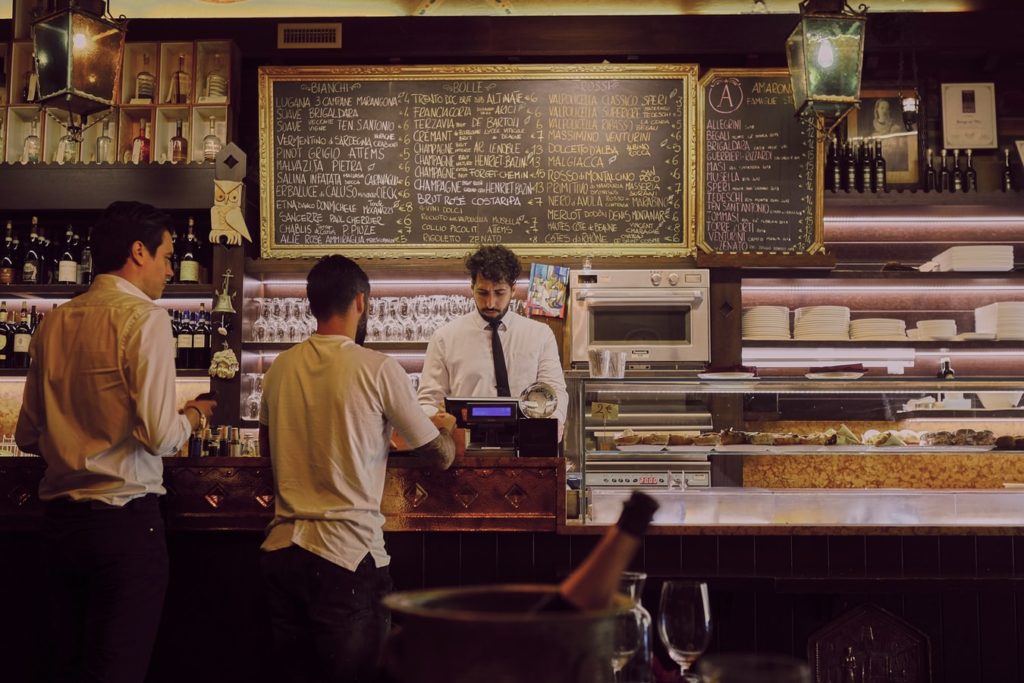
Hospitality’s Funnel
By contrast, traditional POS systems used in the hospitality industry require servers to act as intermediaries between guests and their completed conversion. Following a guest’s decision to visit your establishment, servers must still:
- Deliver their orders to the kitchen (via the POS).
- Deliver drinks and dishes to the table.
- Deliver payment to the POS.
While operators in less formal dining settings (e.g., food trucks) may condense these individual interactions into one transaction, they still occur.
Your entire operation revolves around these automatic limitations posed by your POS’s single point for entering orders and payments.
The more you separate your guests from reaching that purchase point, the more opportunities exist for something to interrupt their enjoyment and hospitality experience.
Human Interactions:The Good with the Bad
Generally, hospitality is heavily dependent on quality human interactions. The right “table touches” are quintessential for building your guests’ experiences. However, the human element also presents a greater possibility of problems. Most commonly, servers may incorrectly write down or enter guests’ orders.
Taking lessons from childhood games of “telephone,” intermediaries are more likely to make mistakes when relaying something than two parties who are directly communicating. Additionally, “telephone” isn’t usually played in environments prone to hectic, high-paced activity.
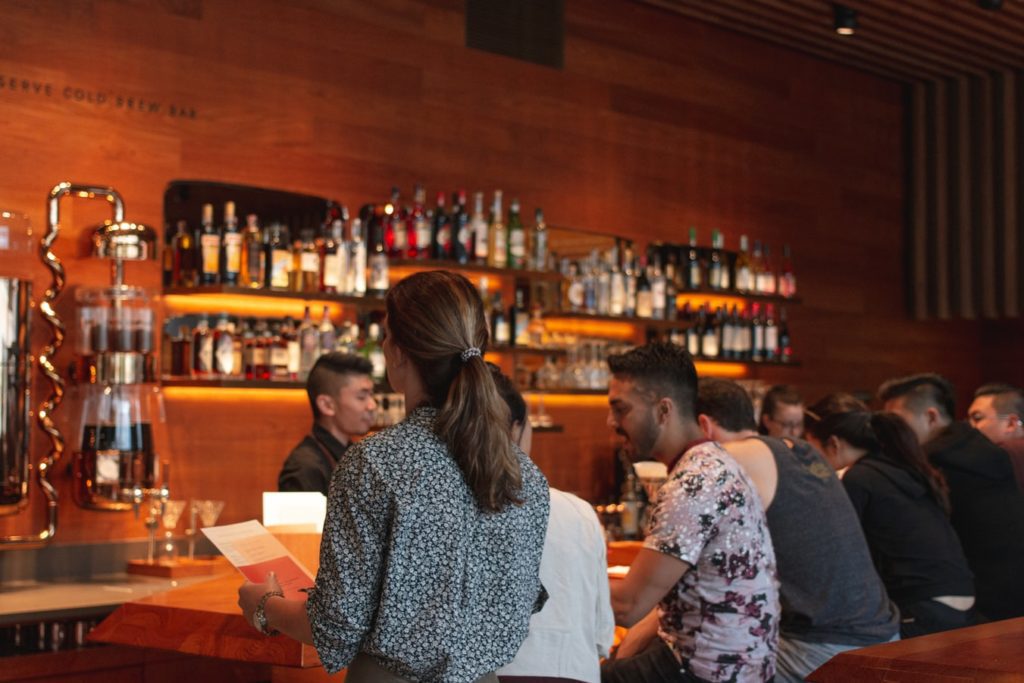
No-POS—From Single to Scaling Points of Sale
While a traditional restaurant POS offers clear advantages over not having one at all (e.g., tickets, yelling back to the kitchen), the bottlenecks they create still come with challenges that affect your service. The convenience provided has caused the industry to overlook the deficiencies for too long since they’re still better than the alternative.
Have you ever wondered about a better way to manage orders and payment—as well as your menu, inventory, staff scheduling, and more? Did you end up asking yourself, “what if”?:
- What if you didn’t automatically accept your restaurant POS system’s restrictions?
- What if your POS could receive orders and payments directly from mobile ordering?
- What if your restaurant POS system scaled with both your daily rushes and long-term growth?

Unfettering Yourself from the Funnel
A No-POS solution allows you to fully explore those “what if” questions. From contactless menus, contactless ordering, and contactless payment at your guests’ fingertips to real-time menu updates, ingredient inventories, and peak time tracking, No-POS allows operators to stop questioning and start envisioning.
As your customer interacts with your No-POS system on their mobile device, you free yourself from the sales funnel’s singular destination and open your establishment to unlimited points of sale.
The Guest’s Perspective: Tailored Hospitality Experiences
From your guests’ perspective, beating the POS burden begins with contactless menus. Going “contactless” replaces the physical touchpoints of paper or plastic menus with an intuitive digital platform. After scanning a table’s QR code with their mobile device, your guests can browse, order, and pay from your customized menu without any required apps or logins.
With a contactless experience, guests bypass games of “telephone,” ensuring online orders are entered accurately every time. Since operators control an easily updated online menu, they can inform guests of out-of-stock ingredients before they order. The ability to communicate directly with staff lets guests pass on their compliments or have their complaints addressed before they decide you deserve a horrid Yelp review that could’ve been easily avoided.
For guests who prefer a traditional dining experience with frequent server interactions, they can request a server to stop by to ask for more information on specials, to reorder, or see to any other needs. Guests who prefer to remain entirely contactless may do so easily. Allowing your customer to tailor their experience per table fosters enthusiasm for your hospitality and increases their odds of returning.

The Operator’s Perspective: From Point of Sale to Dashboard for Management
No-POS extends far beyond faster, easier ordering and payment for guests. On the back end, operators can leverage the system to manage their operations and logistics from a central location and with far more control than traditional POS systems.
With a cloud-based No-POS, operators can:
- Customize their menu—from presentation and branding to the order in which guests view the offerings available
- Make ad hoc menu updates quickly (e.g., daily specials, seasonal offerings)
- Monitor ingredient inventories
- Track peak sales hours (e.g., adjust staff schedules accordingly)
- Scale according to daily rushes or planned growth (i.e., No-POS can handle an unlimited number of orders, unlike legacy systems).
- Save on hardware and other technology expenses that are not necessary for a cloud-based No-POS
- Minimize ongoing expenses (e.g., printing menus, paper for order tickets)
- Avoid unexpected operational shutdowns and complications (e.g., a downed Wi-Fi network that temporarily prevents servers from submitting orders and processing payments, as with on-premise POS systems)
For the most part, No-POS streamlines and simplifies existing management responsibilities. No-POS’s most revolutionary functionality is that it allows operators to wholly reimagine the hospitality they provide. No longer fettered by the sales funnel’s single-point limitations, operators can transform how they welcome guests and when server interactions occur.
No-POS inherently promotes a “quality over quantity” approach to hospitality. When servers don’t have to repeatedly check in with every table in their area, they can spend more time elevating their interactions with guests (e.g., explaining what makes certain dishes or cocktails unique) and promptly attending to requests as they arrive.
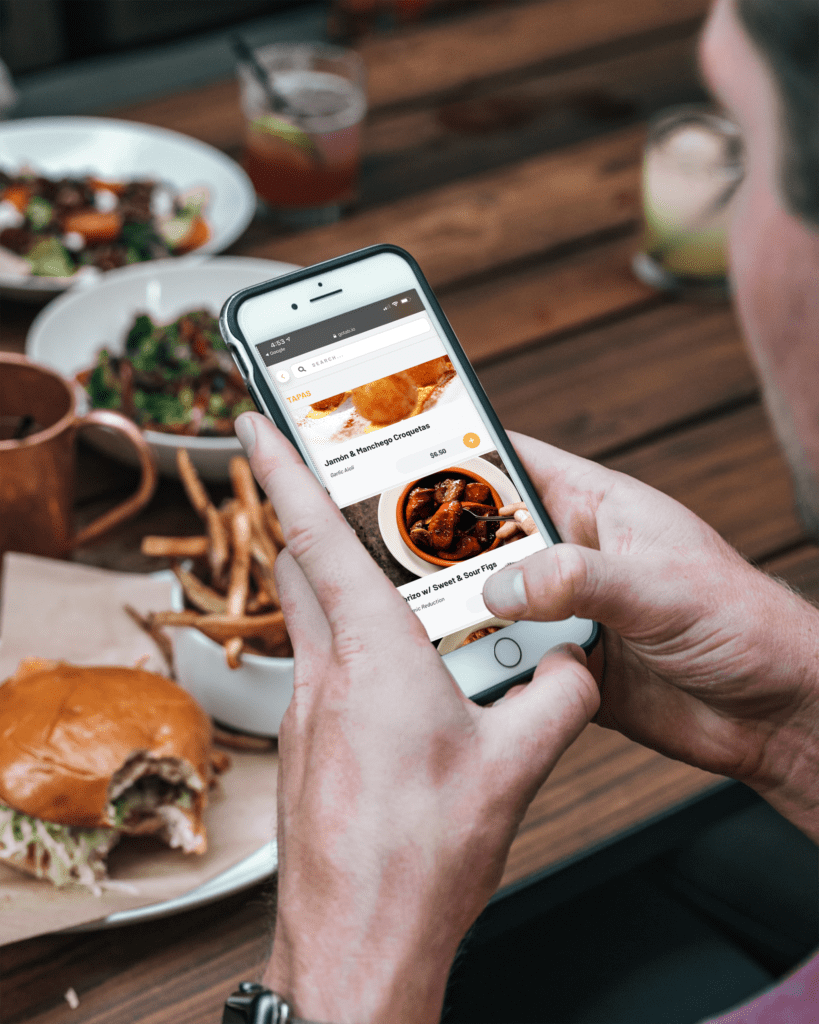
Seamless Service Integration
No-POS provides operators with a flexible platform that facilitates orders and payments much like an online store does, but right from within their establishment. Imagine if online retailers required customers to drive to a physical location to pay for their orders. Traditional POS systems similarly present guests with obstacles that may prevent them from fully enjoying the hospitality you provide.
The technology enables operators to explore new service possibilities and guests to tailor their own, enabling rather than intruding on the cultivated experience. While guests require a device to scan a table’s QR code for the contactless menu, GoTab sees 80% of transactions being handled by guests on their smartphones.
Hospitality’s Next Paradigm Shift
No-POS—the functionality at the core of GoTab’s solutions—represents an opportunity for the hospitality industry not only to change what service interactions entail but to completely re-envision how and why they occur. As the first unified No-POS solution, GoTab meets the needs of virtually all hospitality operators, from those looking to streamline their current operations and management to those seeking a complete overhaul that transitions away from POS-centric solutions.
From contactless menus that facilitate ordering and payment to tailored server interactions, operators can better ensure that they deliver optimal service that exceeds their guests’ expectations. Integrations with the GoTab’s KDS, the ability to fully manage custom menus, monitor data, and more capabilities allow operators to focus on the dream that ignited their passion instead of running around trying to put out logistical fires.
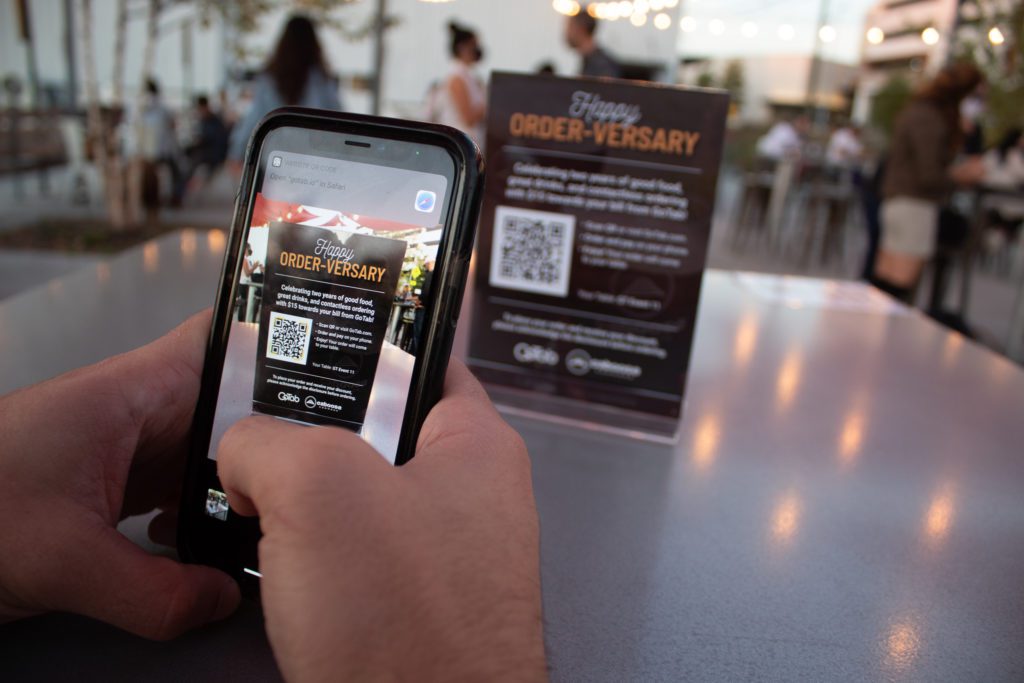
Sources:
- Neil Patel. Marketing Funnel: What They Are, Why The Matter, and How to Create One. https://neilpatel.com/blog/how-marketing-funnels-work/

Tap Room Playbook Episode 2:
When you really think about it, with everything managers need to do in a tap room, the hospitality aspect is often overlooked.
Watch Now →.webp)
Tap Room Playbook Episode 3:
The best breweries pay attention to what their brand stands for. How do the best brewers bring their brand to life?
Watch Now →
